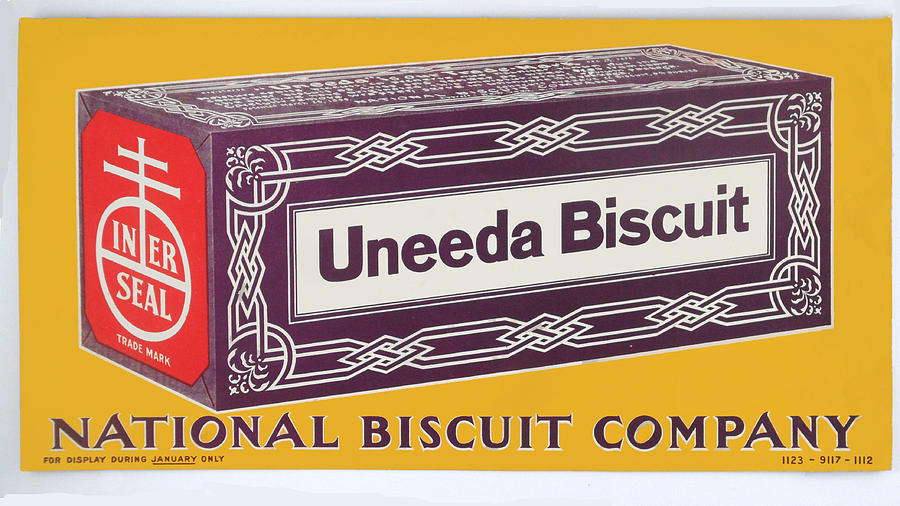



Folding Carton manufacturing fuels the growth of the consumer packaging industry. Everything you buy from cereal to Tylenol to a makeup brush come in a folding carton. Everything you buy at a retail store, pharmacy, or grocery store will most likely be in a folding carton package.
A folding carton is a paper-based package that acts as the external container for an item or product. For instance, cereal (food) is stored in a flexible package to hold its contents and a folding carton box holds and protects the cereal. It's the box that almost every product in the world is stored in when it is put on a shelf.


The folding carton is a cylinder board made from pulp from reprocessed scrap paper is used for most packages. Cartons for food are made from a higher grade and lighter solid sulfate board with plastic coating. Because of the limitations of cutting machinery, the thickness of the board is limited to 0.81 mm (0.032 in), and folding cartons are generally limited to holding a few pounds or kilograms of material.

In Birbingham, England during the 1880s, a man named Charles Henry Foyle invented a paper based packaging process that created the first ever folding carton. It wasn't until a few years later that a company in New York, Robert Gair Company, accidentally came up with a way to mass produce folding carton, leading the packaging world into mass growth.

In 1897, Nabisco (National Biscuit Company) used the first ever folding carton for their product, Uneeda Biscuits, commercially.

The impact of this was incredible. Before the folding carton, consumer goods were packed manually with tacks and strings to hold the package together, which was extremely unscalable for the masses. This new development led to the creation of a new product lines and automation.
Folding carton packaging allowed for companies to use and develop their own brands creatively with their product. Folding carton enabled inexpensive packaging and items could be placed in a showy carton and each carton became its own advertisement. The product was also protected, and the contents had a longer shelf life. This trend was to continue with force, through the 20th century with more manufactures catching on to this new process.
Folding Carton packaging accounts for $80 billion a year in the packaging market today.
